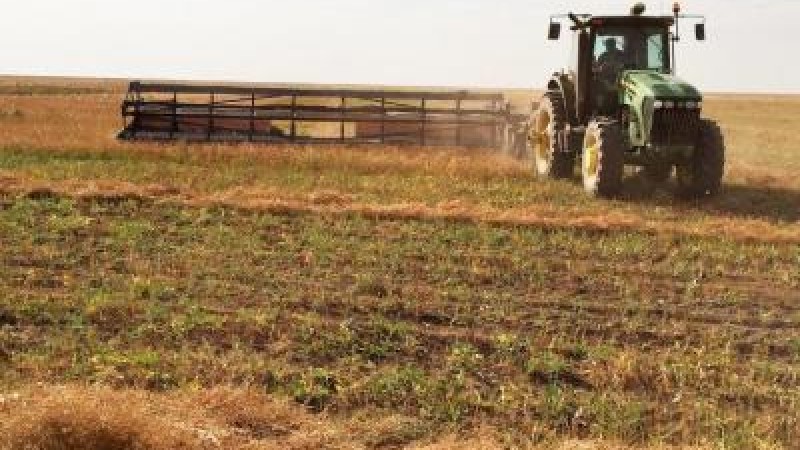Flax seed: Quantity instead of quality?
January 27, 2017 at 8:37 AM ,
Der AUDITOR

Particularly fields in Saskatchewan could not be harvested completely but these plants are considered frost resistant so oil content and quality of the crop is not expected to suffer. Smaller acreages reduced the crop potential for 2016 from the start but a clearly higher yield per hectare balanced part of the losses which is why Canadian flax seed production in 2016 was at around 579,000 mt (-39% compared to 2015).
Prices under pressure
Pressure from the international commodities market, however, caused prices for Canadian flax seed to give way further. In 2016/17 about 2.5m mt of flax seed were harvested worldwide which is a decline by 10,7% compared to the year before (2015: 2,8m mt). This is due essentially to a smaller Canadian crop. Owing to large carry-over stocks and low national consumption the exports for the season of 2016/17 are estimated at 590,000 mt, which is 100,000 mt more than were produced in the harvest before.
|
Flax seed production 2016/17 in mt |
||
|
Country |
Production |
Exports |
|
Canada |
580,000 |
590,000 |
|
Russia |
550,000 |
500,000 |
|
Kazakhstan |
400,000 |
300,000 |
|
others |
970,000 |
140,000 |
|
total |
2,500,000 |
1,530,000 |
|
Source: Oil World |
||
Abundance of poor quality
Beside Canada, Russia and Kazakhstan are still the most important flax seed producers and are important suppliers particularly for the EU. Prices for Eastern European flax seed are relatively low due to abundant availability. However, at moment it has become difficult to find good quality from the various origins, which is why prices have gone up slightly in the last week and are currently at 450 EUR/mt FCA Poland and 490 EUR/mt DDP Germany.
|
Top flax seed importers in mt |
|
|
Country |
Import |
|
EU |
760,000 |
|
China |
440,000 |
|
Turkey |
150,000 |
|
USA |
110,000 |
|
Source: Oil World |
|





